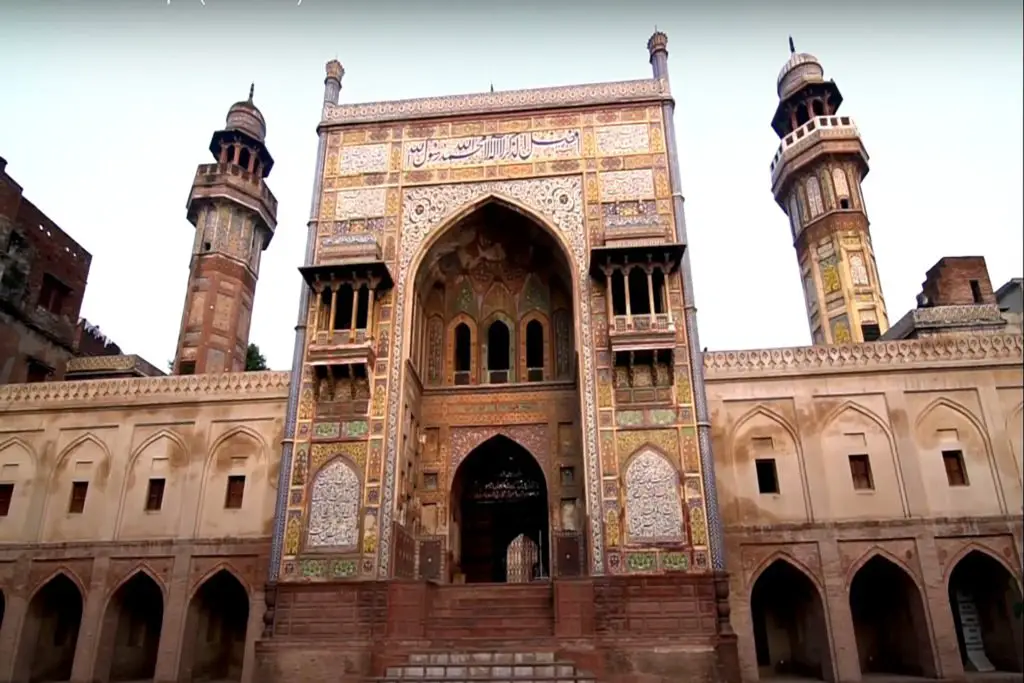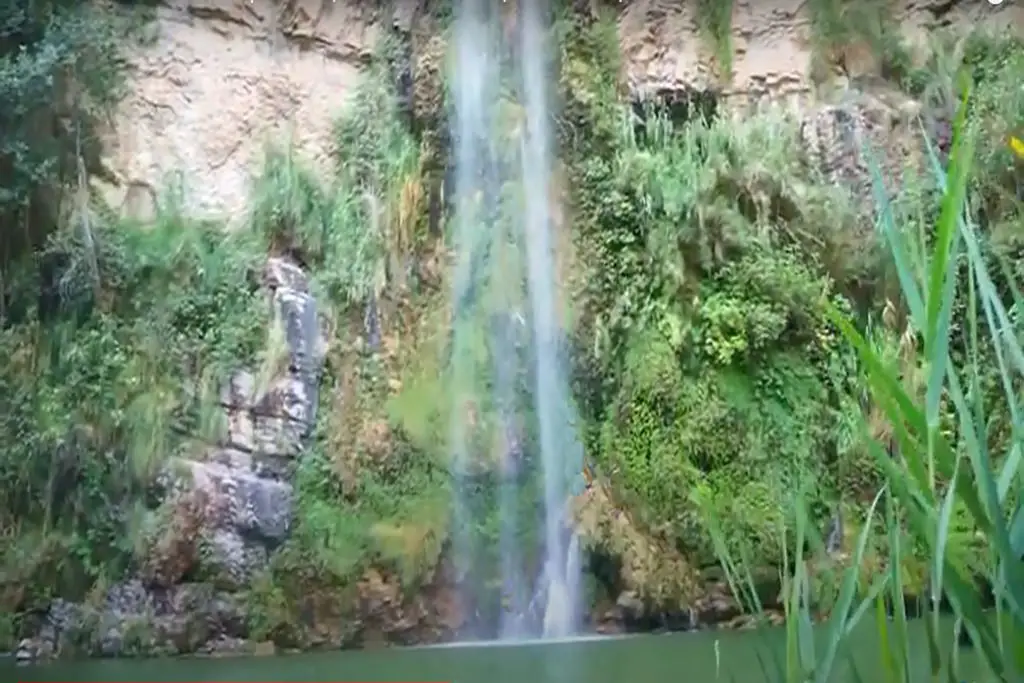Bijnot Fort, also known as Qila Bijnot, is an ancient fortress located in the Bahawalpur District of Punjab, Pakistan. The fort is situated in the heart of the Cholistan Desert, about 23 kilometers (14 miles) west of the Indo-Pakistani border. The fort, which is now in a state of ruins, is a testament to the rich history and cultural heritage of the region.
Who Built Bijnot Fort
The exact origins and history of Bijnot Fort are not well documented, but it is believed to have been constructed during the Mughal era. The Mughal Empire, which ruled over much of the Indian subcontinent from the 16th to the 19th century, was known for its grand architecture and military forts. Bijnot Fort is believed to have been built as a military stronghold to protect the Mughal territories in the region.
Bijnot Fort, also known as Winjhrot, was also believed to be constructed by Raja Winjha of the Khair Panwar Rajputs in the year 757. It is located in the region of Khairgarh, which was also ruled by the same Rajput clan along with Khairpur. The fort was built using blocks of limestone, giving it a sturdy and enduring structure.
In 1167, Shahabuddin Muhammad Ghori, a prominent ruler in the Indian subcontinent, destroyed the fort. Despite this destruction, much of its original appearance survived, leaving it in ruins. The fort has a unique design, being almost square in shape and covering an area of about 300 feet. The outer wall encloses an inner space of approximately 155 feet, and at the corners, there are three semi-circle fortress structures.
Bijnot Fort Location
Nestled 90 kilometers away from Derawar lies the enigmatic Bijnot Fort, a true adventure awaiting intrepid travelers in the captivating Cholistan Desert. The journey to this historical gem is both challenging and exciting, as you navigate through the vast stretches of desert sand.
An alternative route, originating from Bahawalpur and spanning 195 kilometers, offers a different experience. The first 25 kilometers of this route present a smooth ride on a paved or asphalt road, while the remaining 140 kilometers take you on an unmetalled road, adding a touch of rustic charm to your expedition. Whichever path you choose, Bijnot Fort promises an unforgettable journey and a glimpse into its intriguing past.
Bijnot Fort Interior & Exterior
The fort is situated on a small hill and is surrounded by a moat, which has now dried up. The walls of the fort are made of mud and have been eroded over time, but the ruins of the fort still convey a sense of grandeur and strength. The fort is rectangular in shape and has four bastions at the corners. The main entrance to the fort is through a massive gateway, which has a small chamber on either side. The chambers are believed to have been used by the guards stationed at the fort.
The main entrance of the fort, situated on the north side, measures 11 feet in width. Adjacent to this entrance, three rooms were constructed within the fort. Despite its ruined state, Bijnot Fort still retains some of its historical charm and architectural elements, showcasing the engineering skills and design sensibilities of its builders.
Pictures Gallery

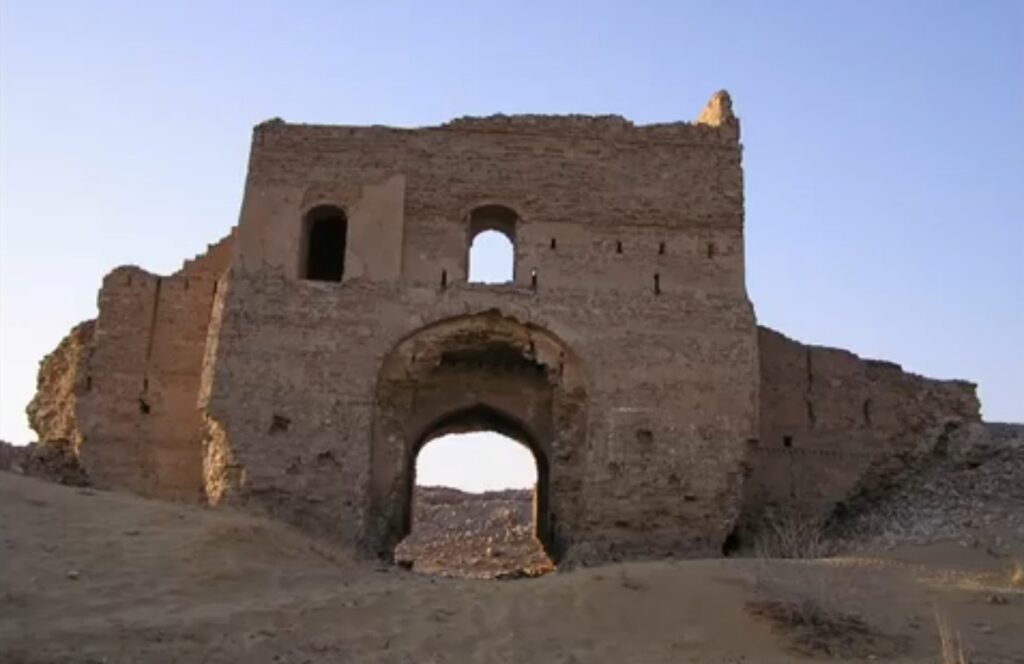
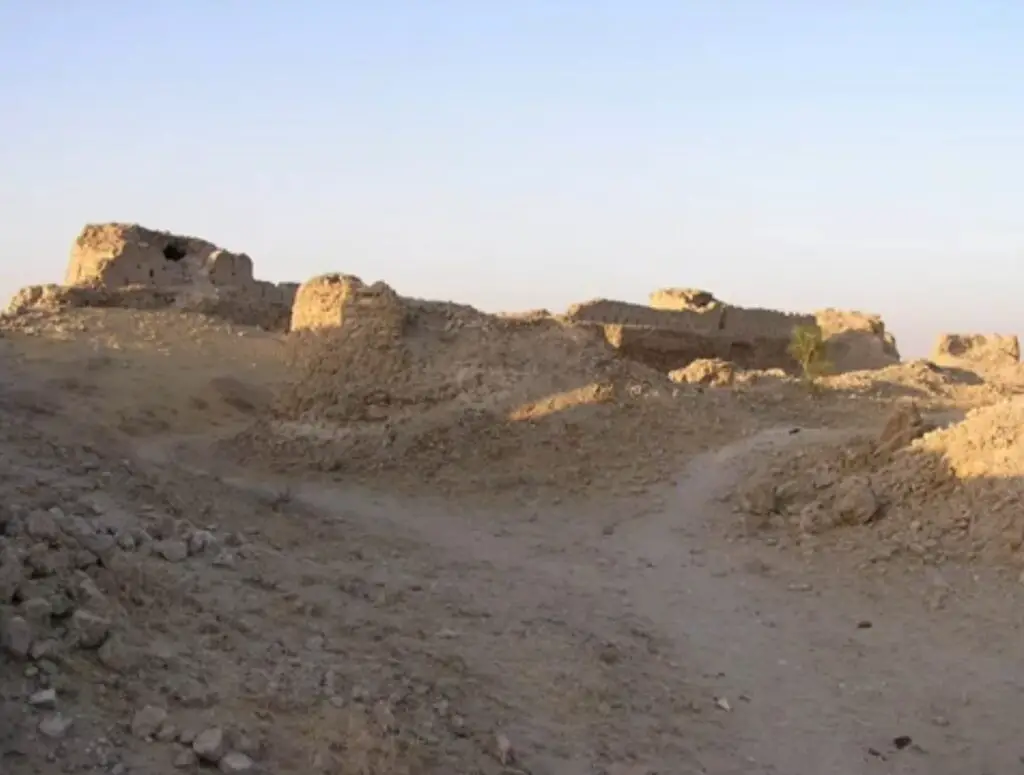
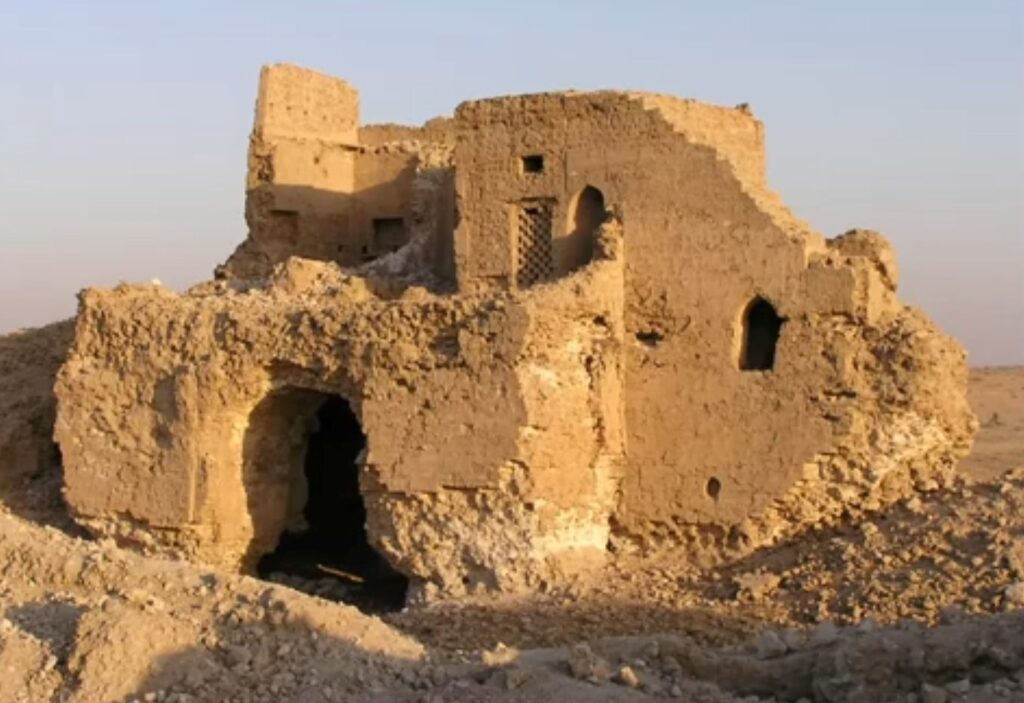
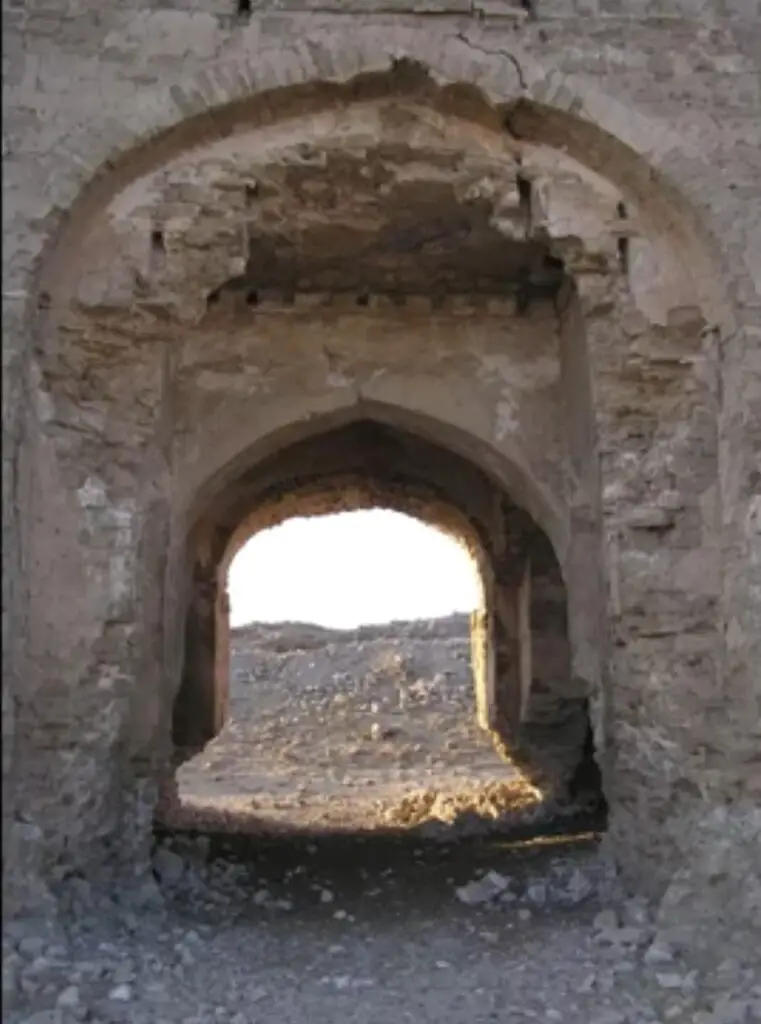
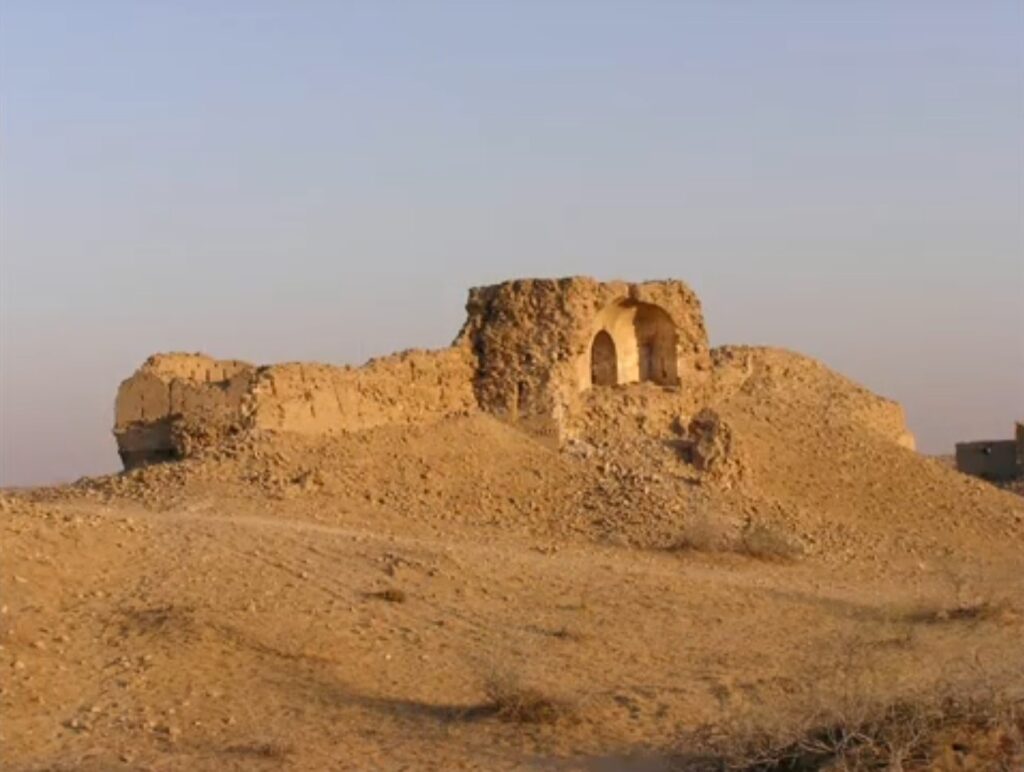
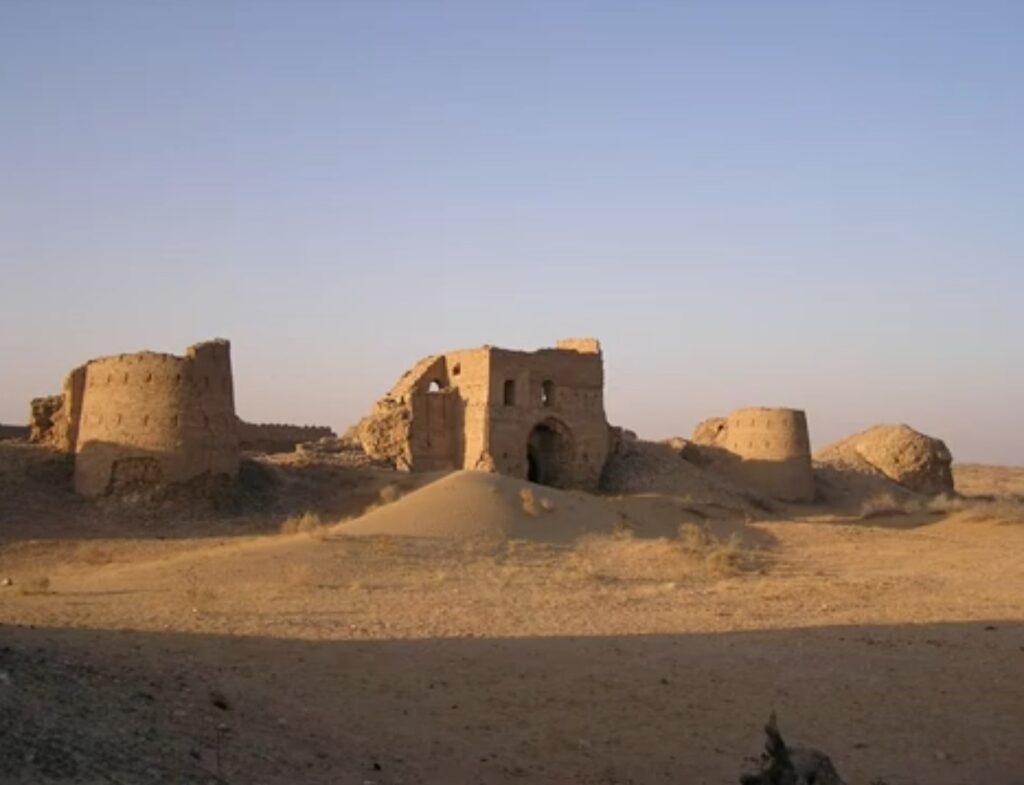
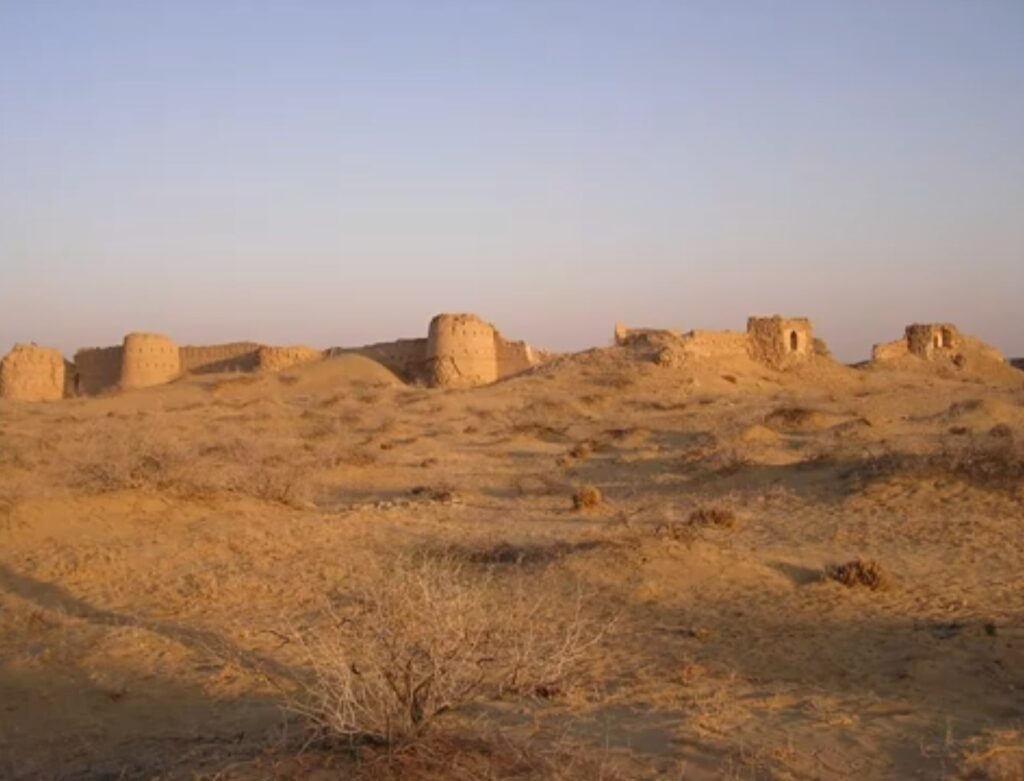
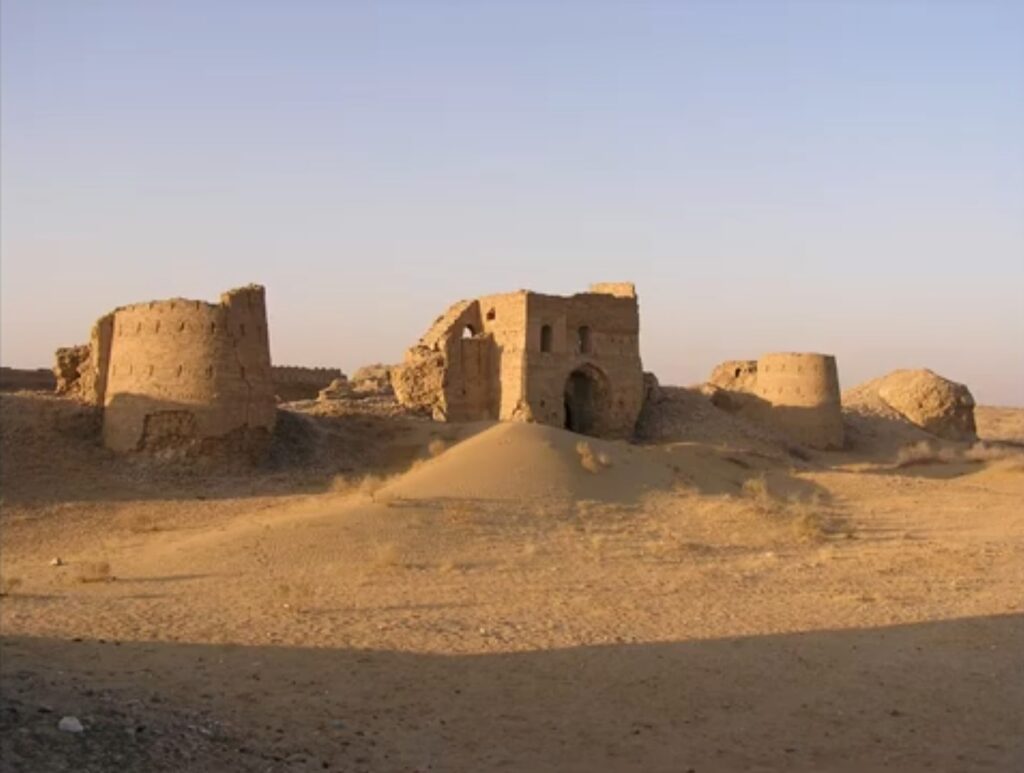
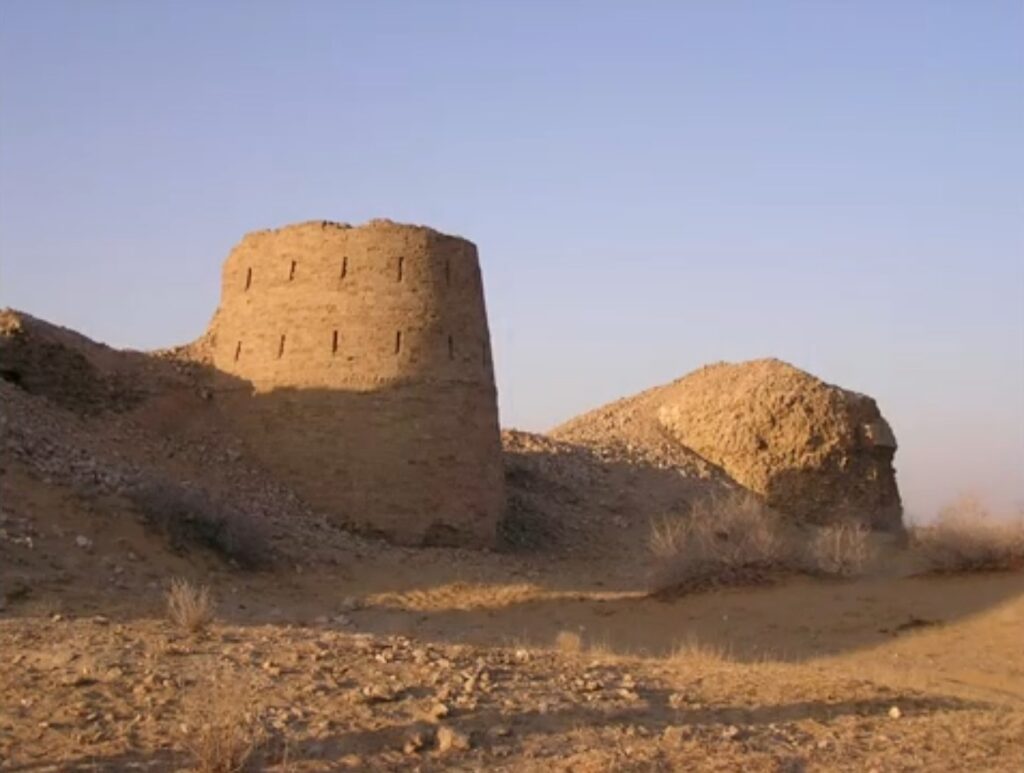
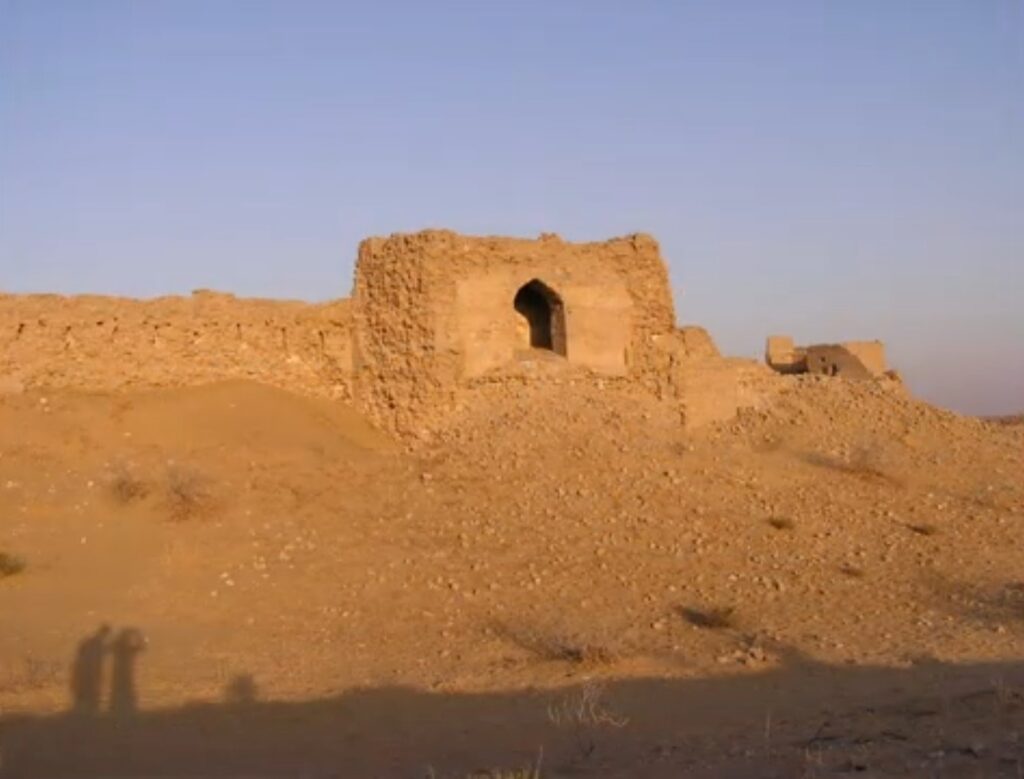
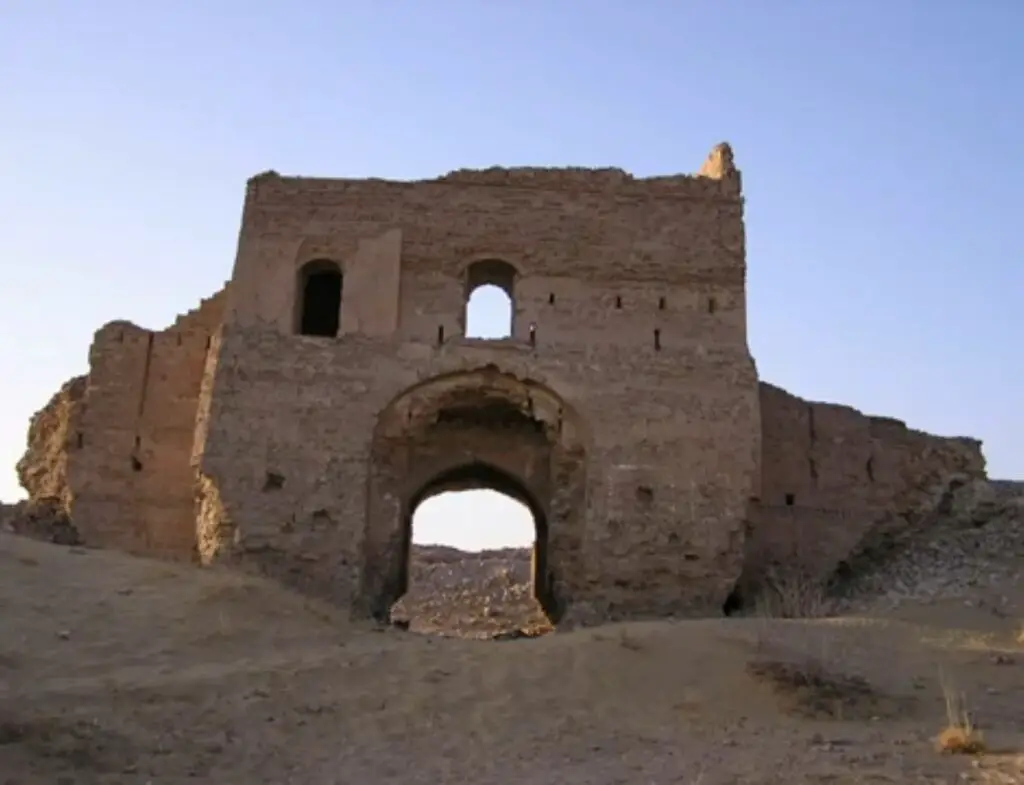
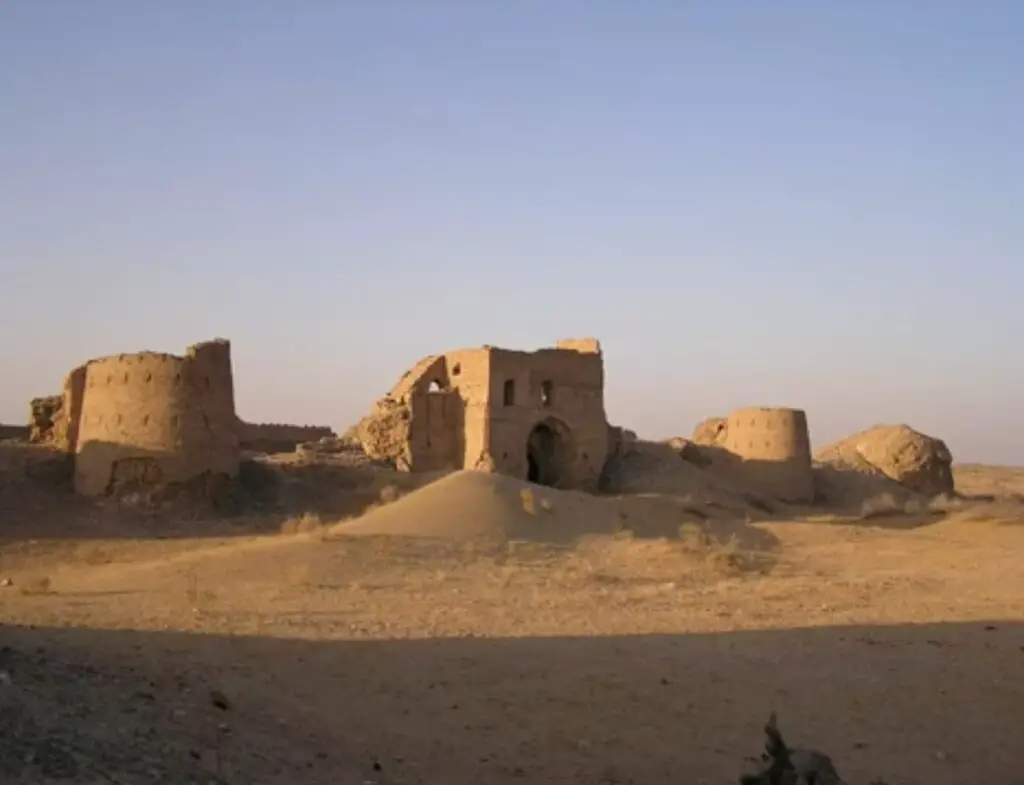
The interior of the fort is largely in ruins, but there are still a few structures that have withstood the test of time. One of these structures is a small mosque, which is located in the western part of the fort. The mosque is built in the Mughal style and has a small courtyard in front of it. There are also a few rooms and halls that have survived, which are believed to have been used as barracks and storage rooms by the soldiers stationed at the fort.
Bijnot Fort is a significant historical site and a reminder of the rich cultural heritage of the region. Despite being in a state of disrepair, the fort continues to attract visitors who are interested in exploring the history and culture of the area. The government of Pakistan has recognized the significance of the fort and has taken steps to preserve and restore it for future generations to enjoy.

